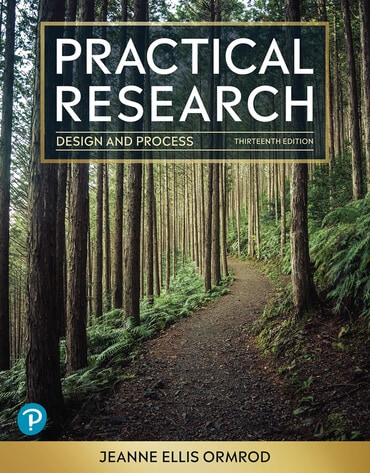
Action research

In much of the 20th century, most researchers published results and conclusions with the hopes that other individuals would translate their findings into effective, “real-world” practices and interventions. In recent decades, however, many researchers have wanted applications of their findings to be integral parts of their own research projects. In particular, the term action research refers to projects that are designed not only (a) to make sense of an issue or problem but also (b) to take action and make concrete changes in conditions, practices, resources, and/or policies. In a subgroup of action research designs known as participatory designs, some researchers include one or more practitioners or other key stakeholders — people who can make use of a study’s findings in their future decision-making and intervention efforts — on their research teams.
Action research is almost invariably eclectic in its use of specific data collection strategies. For example, research projects might incorporate a combination of such strategies as surveys (face-to-face, paper-pencil, and/or online), individual and small-group interviews (e.g. focus groups), in-depth case studies, observations of people’s behaviors in real-life environments, and comparisons of groups in distinctly different educational or therapeutic settings.
Many action research projects are iterative in nature; that is, researchers move back and forth among various steps in the research process. For example, when researchers begin to analyze their data — or even before that, when they are still collecting data — they may find that the issue they have been addressing is more complex and multifaceted than they initially realized, and so they may go back and reformulate the questions they need to address, the data they need to gather, and the means by which they can gather that data.
Another important way in which action research tends to differ from more traditional research methodologies is in researchers’ dissemination strategies — that is, the ways in which researchers try to get the word out about their findings and potential implications. Traditional researchers typically describe their studies and findings in journal articles, books or book chapters, conference presentations, and — for graduate students — master’s theses and doctoral dissertations. Such reports can be quite effective in communicating findings to individuals working in the same or a similar field at colleges, universities, and other research settings, but the great majority of them escape the attention of practitioners, policy makers, and the public at large. Hence, action researchers often use additional, more local, strategies to broaden the audience that has access to their findings. Examples are websites, webinars, chatrooms, blogs, newsletters, in-person community forums and panel discussions, and popular social media platforms (e.g. Facebook, TikTok).
About the author

Jeanne Ellis Ormrod, Author and Educator
Jeanne Ellis Ormrod is an educational psychologist with specializations in learning, cognition, and child development. She received a PhD and an MS in educational psychology at The Pennsylvania State University and an AB in psychology from Brown University. For many years, she was a faculty member at the University of Northern Colorado, where she taught courses in learning and cognition, educational psychology, measurement, and research methods. She is currently Professor Emerita of Psychological Sciences at UNC.




